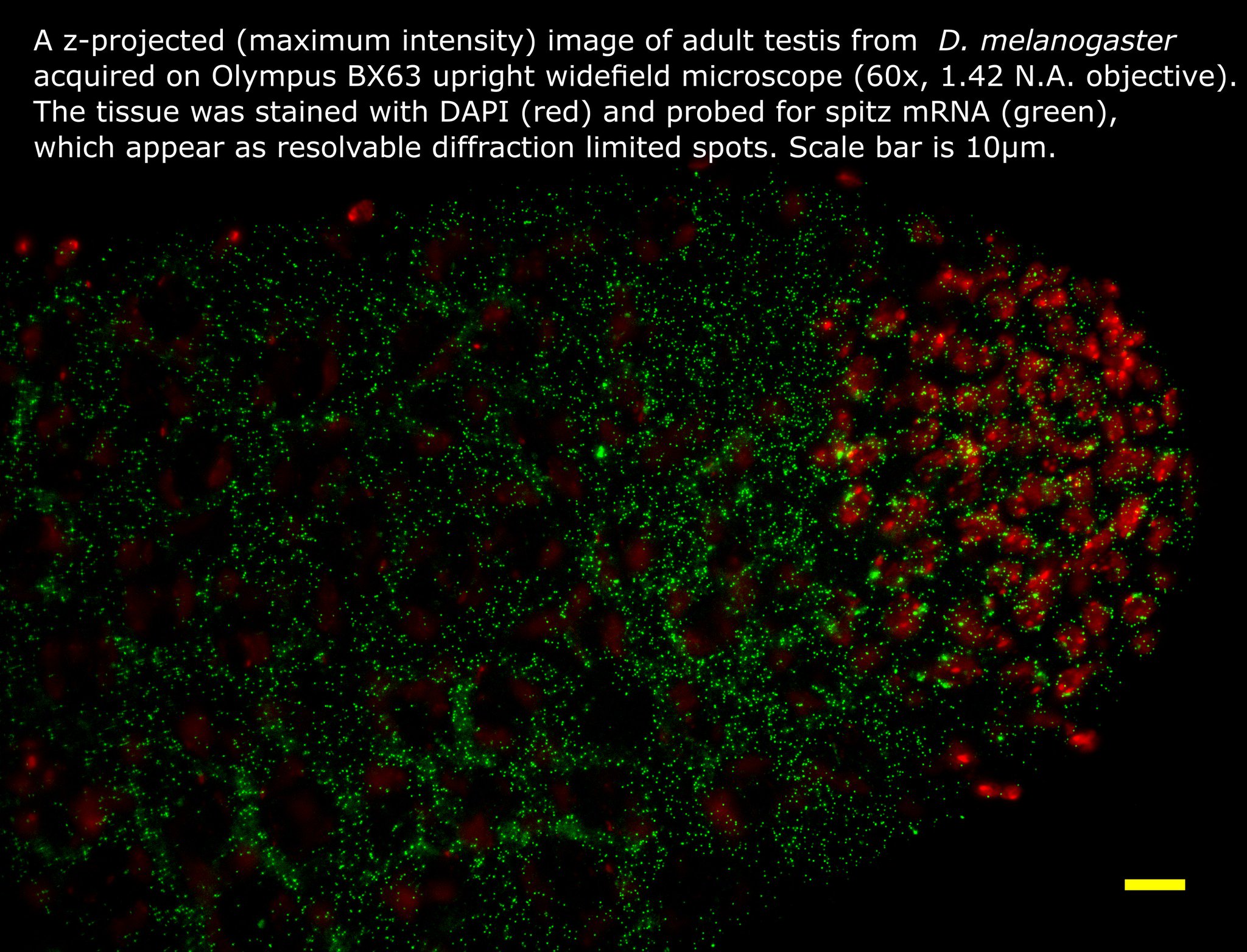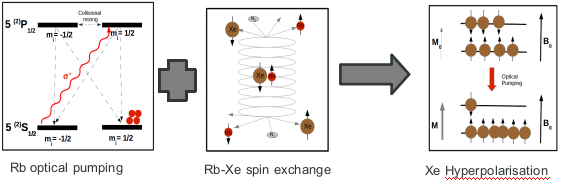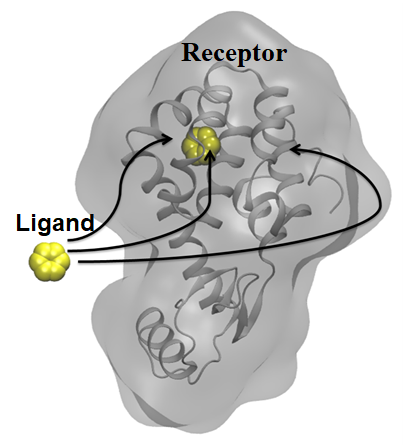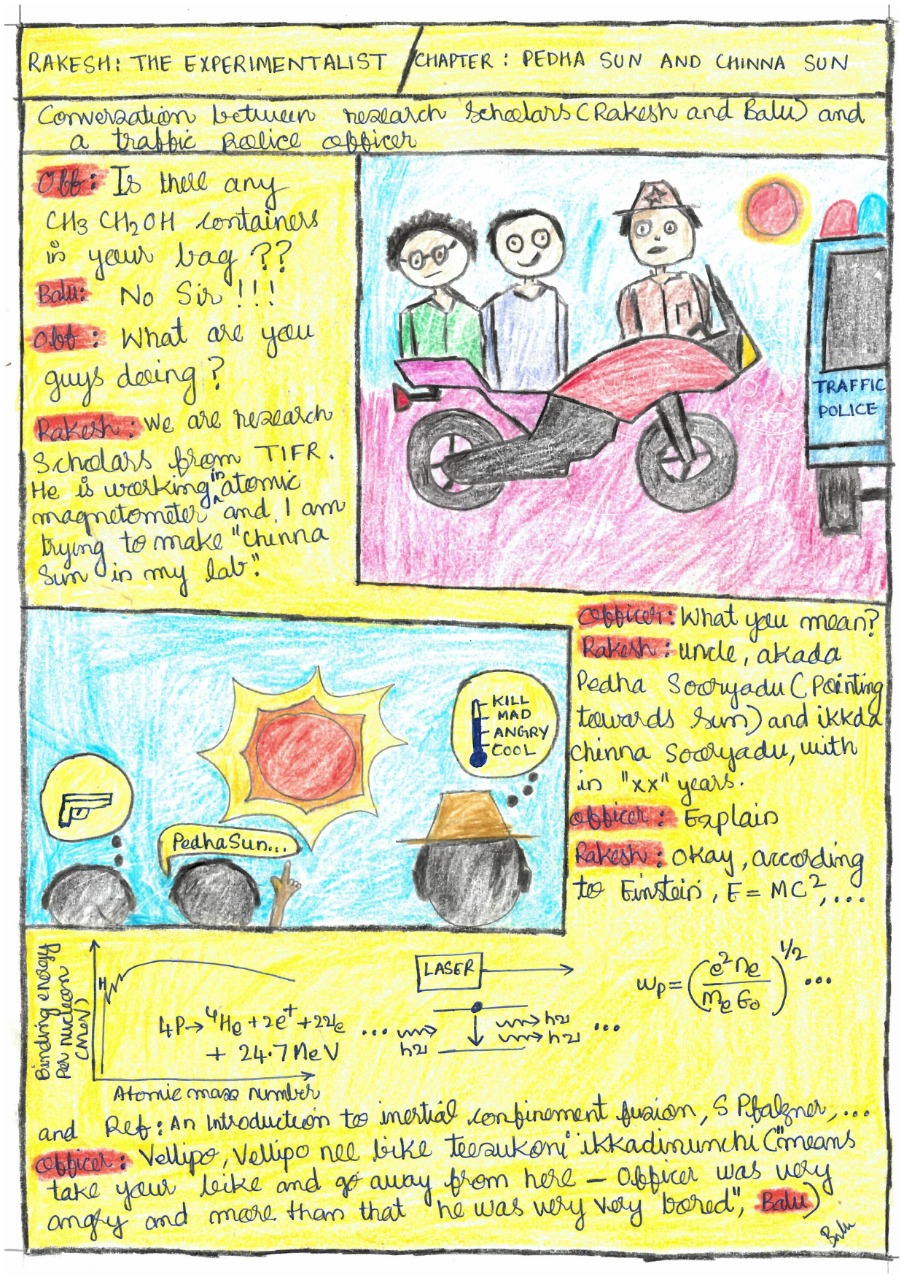Nikhita Pasnuri and Aprotim Mazumder Cells communicate using convoluted chemical signals. Given the limited number of proteins, how does a cell assess the input message and act accordingly? One plausible approach could be by applying different strengths of the same input. Using Drosophila melanogaster, the fruit-fly, as a model system, a method was adapted and … Continue reading “Signals in Fly Development”
Author: Newsletter
Magnifying Magnetic Resonance
G. Rajalakshmi NMR signals detect the effective spin polarisation of the sample in the direction of the applied magnetic field. The polarisation of the sample depends on the difference in the number of nuclear spins that are aligned along and opposite to the fields. Even at the largest magnetic fields used for NMR experiments, this … Continue reading “Magnifying Magnetic Resonance”
Ligand-Binding Mechanisms
Navjeet Ahalawat, Jagannath Mondal , and Pramodh Vallurupalli The process of Ligand-binding to solvent inaccessible cavities in receptor proteins has been rather elusive. A study, led by Dr. Jagannath Mondal and Dr. Pramodh Vallurupalli, tried to gain mechanistic insight into the different pathways by which benzene, a ligand, can find its way into a deep-seated … Continue reading “Ligand-Binding Mechanisms”
Comics
Vineeth Francis T.J.(Senior Research Fellow, TIFR Hyderabad)





